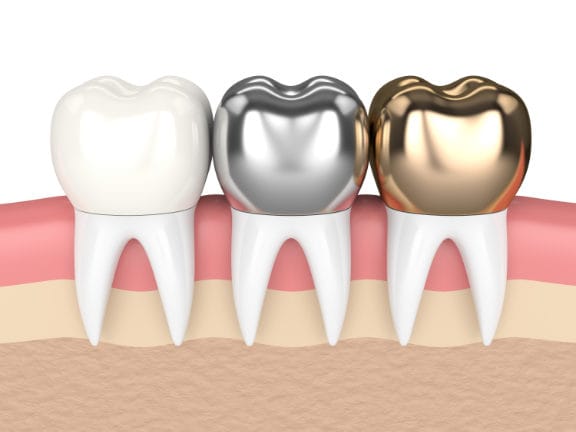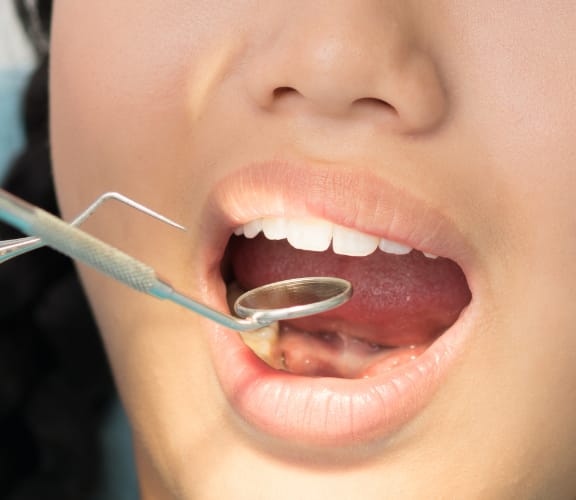Crown Procedure
Crowns are used to restore a tooth to its natural size, shape and color after a large filling or crack in the tooth has compromised the tooth. Crowns are almost always placed after a root canal treatment because the tooth becomes weak and is likely to fracture. A crown will strengthen and protect what remains of the tooth and will improve your smile. Crowns are often made of all ceramic material and in some cases can be made in a single visit.
In order for the crown to be placed on the tooth, 1-2mm of the tooth must be taken away and an impression must be made of the tooth. If the office has the ability to make crowns in a day, it will be made and placed on your tooth in the same visit. Otherwise the impression is sent to a lab and your crown is fabricated there. If you have to wait on your crown, a temporary is placed on your tooth and will be replaced with your crown when it arrives. When the crown is placed on your tooth, sometimes it needs to be adjusted a little to make the proper fit. After it is adjusted it is cemented to your tooth and is a permanent solution.
Crown Aesthetics
If your smile is in need of a makeover, crowns can provide predictable results. Crowns can give an unattractive tooth back its beautiful shape and color. For smaller or worn down teeth, a crown can restore the natural size of the old tooth. A crown can replace either part of or the tooth's entire structure. For procedures requiring only the areas visible from the outside, a veneer may be an alternative option.

Types of Crowns
With today's advances in dentistry, there are several options when choosing a type of crown:
- Porcelain outer surface with a metal base crown
- Pure porcelain, zirconia or composite crown
- All metal crown, which is usually gold
They all differ in durability, strength, appearance and cost.
